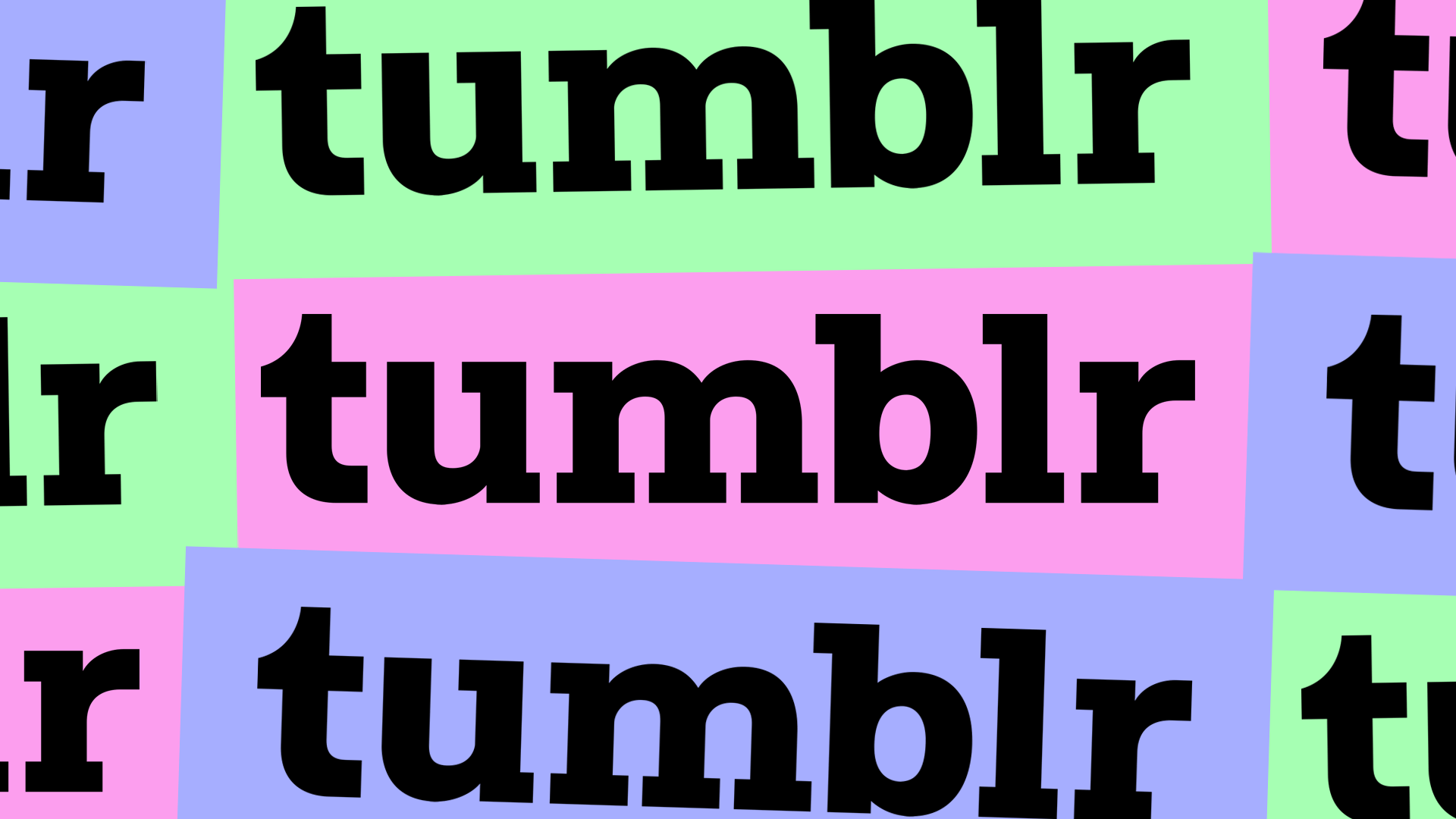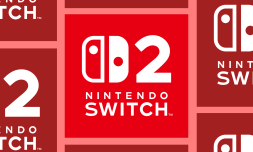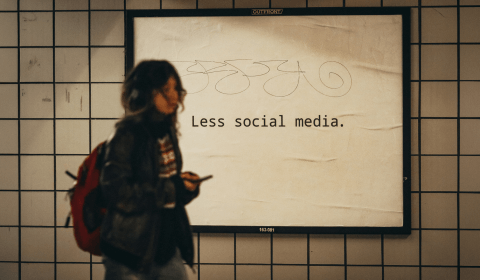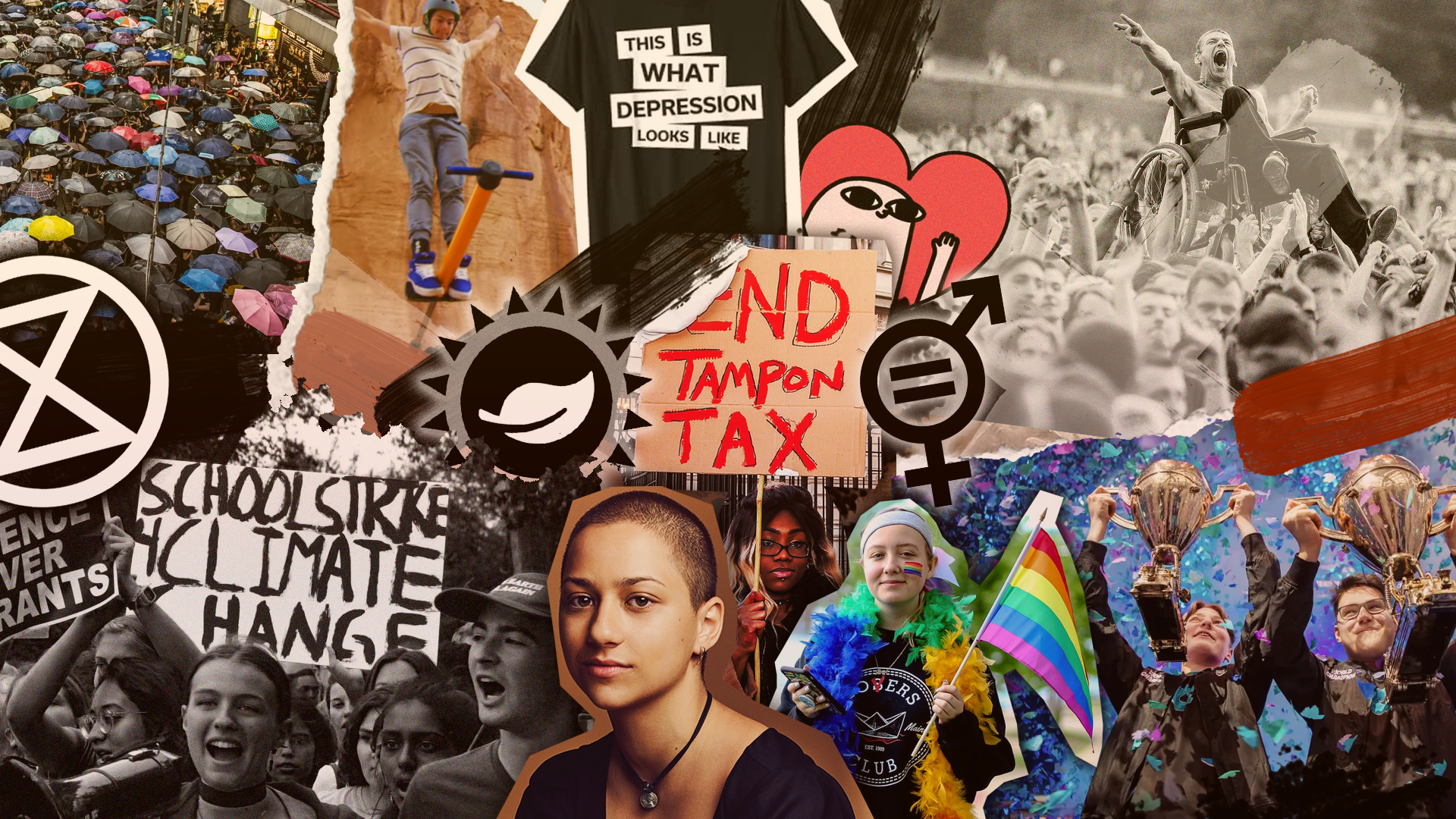Data suggests that Gen Z are finding solace in Tumblr, the creative social media platform that was popular fifteen years ago with younger Millennials. Why are young people flocking to a long-forgotten site?
It looks like Tumblr is back in a big way with young social media users, at least according to the latest data.
Bought by Yahoo in 2013 for $1.1 billion USD, the platform encourages people to upload and share artwork, thoughts, journals, blogs, and more. It enjoyed huge popularity in the early twenty-tens and became synonymous with alternative teenage culture.
Musical acts like The 1975, Vampire Weekend, and Lana Del Ray used the platform to promote their work and foster close-knit fan communities. Tumblr helped to curate and shape aesthetics for teenagers in a big way during this period, and excitement surrounding the brand was palpable.
Since those glory days, Tumblr has largely faded into obscurity; most Millennials have outgrown the teenage-focused metrics that the platform embraces. After Yahoo’s purchase twelve years ago, the company was later acquired by Verizon and eventually offloaded for almost nothing.
The company is now owned by WordPress’ parent company, Automattic. It was sold for $3 million USD – only 0.3% of Yahoo’s original purchase.
However, since that acquisition, the site has seen steady growth and is now able to evolve in a way that feels authentic. It has less stakeholders to answer to, with far less pressure to create never-ending growth compared to Facebook, Snapchat or Instagram.
According to an article by Business Insider, Gen Z makes up 50% of all Tumblr’s active monthly users, as well as 60% of new sign-ups to the website in 2025. This suggests that renewed momentum is drawing new, young social media users who yearn for a space that isn’t flooded with bots, influencers, misinformation and negative news.
Interestingly, Tumblr also saw a spike in users after the US TikTok ban in January. It jumped last year when Brazil temporarily banned X. Users on Tumblr created intentional spaces to archive content from other platforms, driving traffic upwards.
So, why is Gen Z finding solace in a platform that, by every other metric, peaked well over a decade ago? Tumblr intentionally prioritises communities, creativity, and specific niches over engagement. It doesn’t try to actively keep you glued to its algorithms and feeds for as long as possible. There is far less shouty, obnoxious content that begs for your attention.
Instead, Tumblr is a place where like-minded people can connect over fandoms and passions. They can share tidbits from shows, specific GIFs of scenes or memes, and their own artwork. It is quieter than most other platforms and politics stays firmly in the background.




















